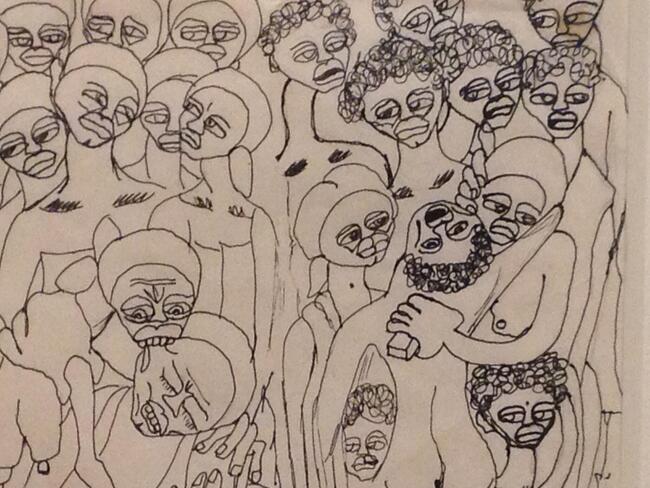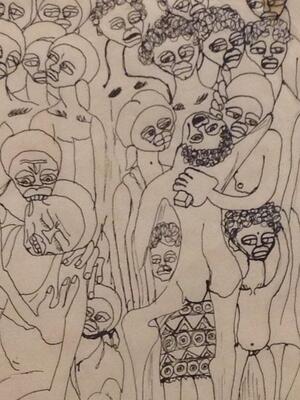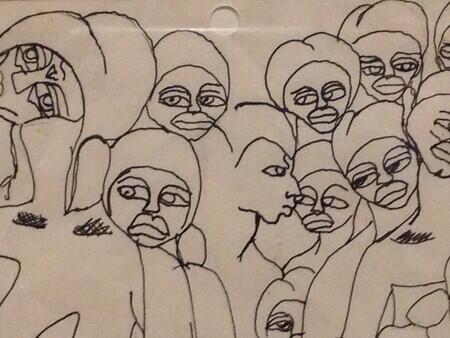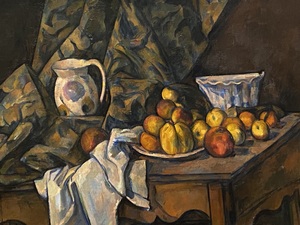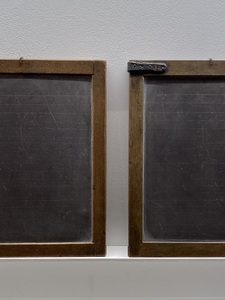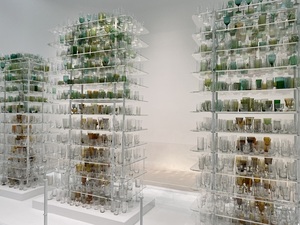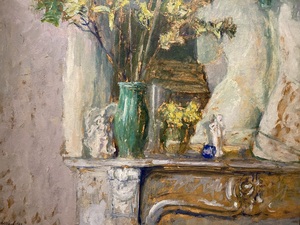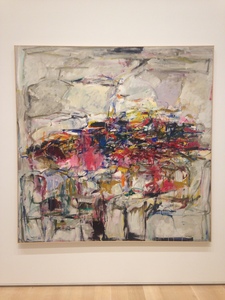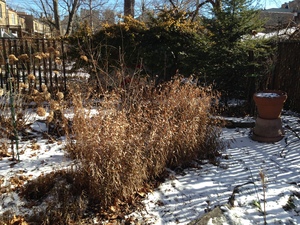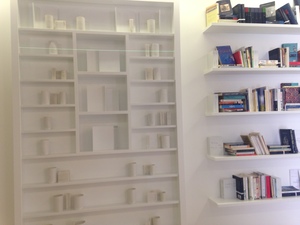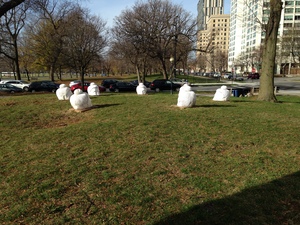Malangatana, Missing Voices
Saturday, November 28, 2020
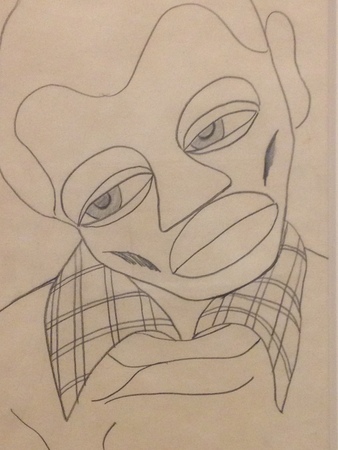
Malangatana, Untitled Self-Portrait, 1965, Malangatana Valente Ngwenya Foundation, Maputo. Detail photo Rachel Cohen.
Malangatana: Mozambique Modern closed on November 16th, around the same time that the Art Institute shut its doors. It was the first retrospective of Malangatana Ngwenya’s work since the artist’s death in 2011, the first solo show of the artist’s work in the United States, and the first show of work by a modern African painter in the Art Institute’s history. The artist often went by his first name, Malangatana.
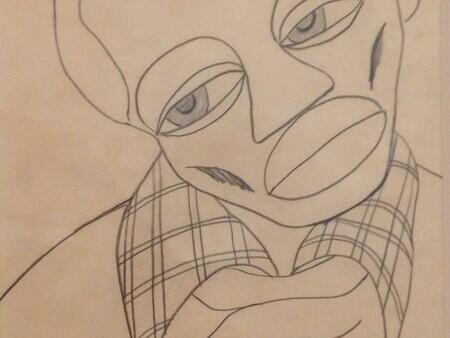
In the show, there was a room of drawings that gave a viewer an experience like seeing Goya’s Disasters of War for the first time. Malangatana made the drawings in 1965, when he was detained by the secret police PIDE and imprisoned, for eighteen months, for his work in the FRELIMO guerrilla movement to overthrow the Portuguese occupational power in Mozambique.
I took a fair number of pictures of these drawings. They are very difficult and I am working to understand how to frame them so that it is right to put them here. I have set out the self-portrait, which immediately gave me a sense of how much there would be to know about this artist. Beyond that, today, there is really only one that I feel I can set out, without commentary, just to begin to think. It is titled Madness of Maria Chissano III (Loucura de Maria Chissano III).
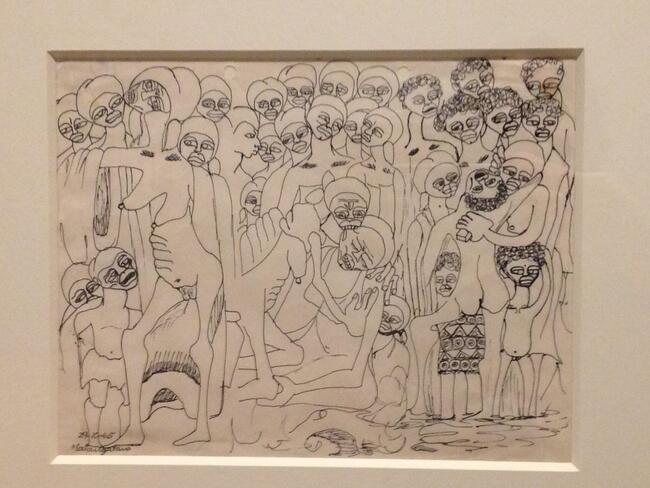
Malangatana, Madness of Maria Chissano III (Loucura de Maria Chissano III), 1965, Malangatana Valente Ngwenya Foundation, Maputo. Detail photo Rachel Cohen.
So far, I have been able to find out that Chissano is also the last name of Mozambique's most prominent sculptor, Alberto Chissano, and of the second president of Mozambique, Joaquim Alberto Chissano, who had helped to found the FRELIMO movement in 1962, three years before Malangatana's imprisonment. Both of these Chissanos might have been in Malangatana's mind when he made his drawing. On the internet, I find nothing on Maria Chissano, or her madness, or what this assembly might have meant to Malangatana.
I went to get help by reading reviews, as I often do. There was a thoughtful one in Chicago's online publication Newcity, by Cecilia Resende Santos, although she had little space to devote to the drawings. There were brief notices of the existence of the exhibition in international art publications, Artforum, Apollo. The museum itself presents interviews incorporating the thoughts of the curators themselves. That is all.
Instead, I found my admired colleague Lori Waxman, long the free-lance art critic at the Chicago Tribune in a piece from a few weeks ago. Waxman has written a quiet polemic, just noting that the Tribune stopped employing her and their other free-lance art critics in March and now, except for New City, there are no regular dedicated art critics working in Chicago media.
This is a huge cost of the pandemic, and before that, of the corporatization of the Tribune and the desiccation of other local news. The cost to me is immediate. It will take me months to situate Malangatana by myself, whereas a few well-placed words by someone with better training would accelerate my education and allow me to offer whatever observations I was able to work out to a larger landscape where they might actually contribute something. As Waxman puts it, “Independent, rigorous and accessible criticism — the kind that newspapers are supposed to provide — is a necessary part of a functioning ecosystem.” As the arts themselves are a necessary part of the ecosystem of expressive life, which is to say political and intellectual and humanitarian life.
If it was important that Malangatana made this drawing in 1965 while detained by the secret police in what was then Portuguese-controlled Mozambique, and surely it was important that he made this drawing, and if it is important that he, at long last, have a retrospective, and a show at a US museum, and that the Art Institute begin to recognize its long-standing failure to consider the works of artists from the entire continent of Africa, and surely that is important, then it will also be important to our future selves that we have art critics to reflect on this work and this history in public.
